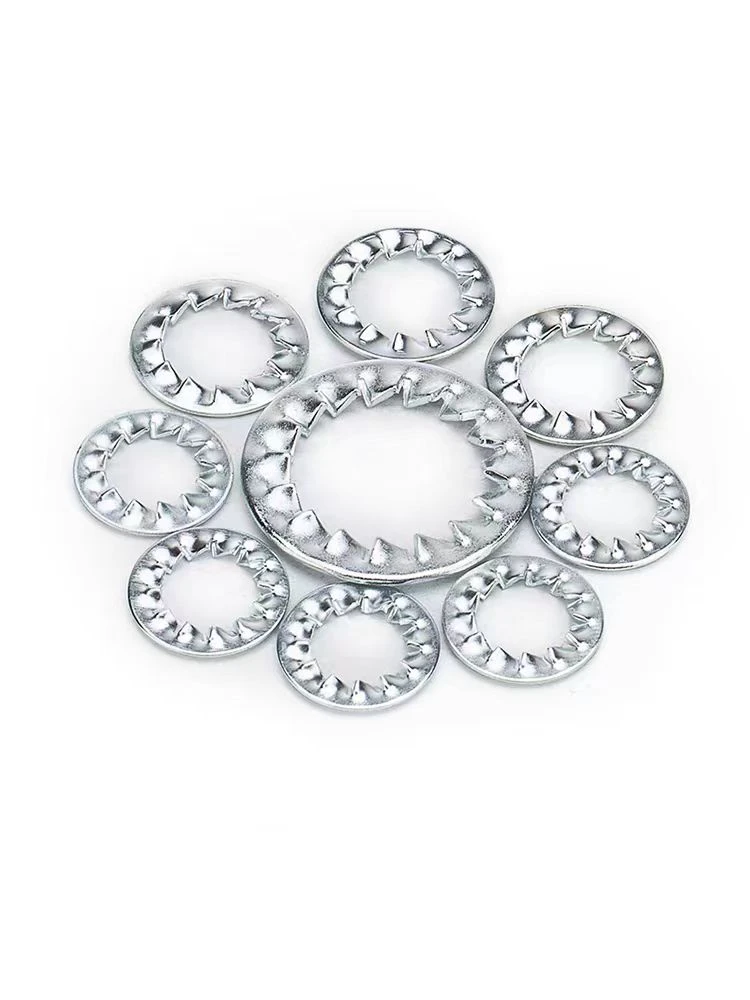

self drilling and tapping screws for metal
Nov . 21, 2024 16:54 Back to list
self drilling and tapping screws for metal
Self-Drilling and Tapping Screws for Metal An Essential Guide
When it comes to fastening metal components, self-drilling and tapping screws have gained immense popularity in various industries. These innovative screws streamline the assembly process, provide strong and reliable joints, and eliminate the need for pre-drilling, making them an essential choice for professionals and DIY enthusiasts alike.
Self-drilling screws, often referred to as Tek screws, are designed with a drill bit-like point that allows them to create their own hole as they are driven into the material. This feature significantly enhances efficiency and saves time, especially in applications where multiple joints are required. Used primarily in metal-to-metal or metal-to-wood connections, these screws ensure a precise fit and a secure hold, reducing the risk of loosening over time.
Tapping screws, on the other hand, do not possess a drill point but are engineered with sharp threads that cut into the base material. When driven into a pre-made hole, tapping screws form their own threads, allowing them to create strong connections. They are particularly advantageous when working with softer metals or materials that may be susceptible to cracking or deformation when drilled.
Advantages of Self-Drilling and Tapping Screws
1. Time Efficiency One of the key benefits of self-drilling screws is the reduction in assembly time. Since they eliminate the need for pre-drilling, users can quickly secure materials together, which is especially valuable in high-volume production settings.
2. Ease of Use Both self-drilling and tapping screws are user-friendly and can be installed using standard power tools. This accessibility makes them suitable for users ranging from skilled professionals to amateur DIYers.
self drilling and tapping screws for metal

3. Versatility These screws come in various sizes and materials, such as stainless steel, zinc-coated steel, and other alloys, making them suitable for diverse applications. They can be used in industries ranging from automotive manufacturing to construction and HVAC installations.
4. Strong Holding Power The design of self-drilling screws provides exceptional holding strength, even in challenging materials. This ensures that the connections remain secure under load and in adverse environmental conditions.
5. Corrosion Resistance When installed in outdoor or humid environments, the option to choose corrosion-resistant materials is crucial. Many self-drilling and tapping screws are coated or made from materials that resist rust and degradation, prolonging the lifespan of the fastened assembly.
Applications
Self-drilling and tapping screws are extensively used in various sectors
- Construction These screws are commonly employed for fastening metal studs, cladding, roofing, and structural steel components. - Automotive In vehicle assembly, self-drilling screws are used for securing panels and components where traditional fastening methods may be impractical. - HVAC Installation of ductwork often involves metal-to-metal connections, making self-drilling screws ideal for ensuring a tight fit that minimizes air leaks. Conclusion
In summary, self-drilling and tapping screws are indispensable tools in the metalworking and construction industries. Their ability to simplify the fastening process while providing robust and reliable connections makes them an excellent investment for anyone working with metal. As technology continues to advance, these screws are likely to evolve further, leading to even greater efficiencies and improved performance in various applications. Whether you're a professional tradesperson or a DIY hobbyist, understanding the benefits and uses of self-drilling and tapping screws will enable you to select the right fasteners for your projects, ensuring durability and success in your endeavors.
Latest news
-
High-Strength Hot-Dip Galvanized Bolts-Hebei Longze|Corrosion Resistance&High Strength
NewsJul.30,2025
-
Hot Dip Galvanized Bolts-Hebei Longze|Corrosion Resistance&High Strength
NewsJul.30,2025
-
Hot Dip Galvanized Bolts - Hebei Longze | Corrosion Resistance, High Strength
NewsJul.30,2025
-
High-Strength Hot Dip Galvanized Bolts-Hebei Longze|Corrosion Resistance, Grade 8.8
NewsJul.30,2025
-
Hot Dip Galvanized Bolts-Hebei Longze|Corrosion Resistance,High Strength
NewsJul.29,2025
-
High-Strength Hot Dip Galvanized Bolts - Hebei Longze Metal Products Manufacturing Co., Ltd.|corrosion resistance&high strength
NewsJul.29,2025

